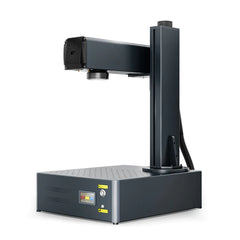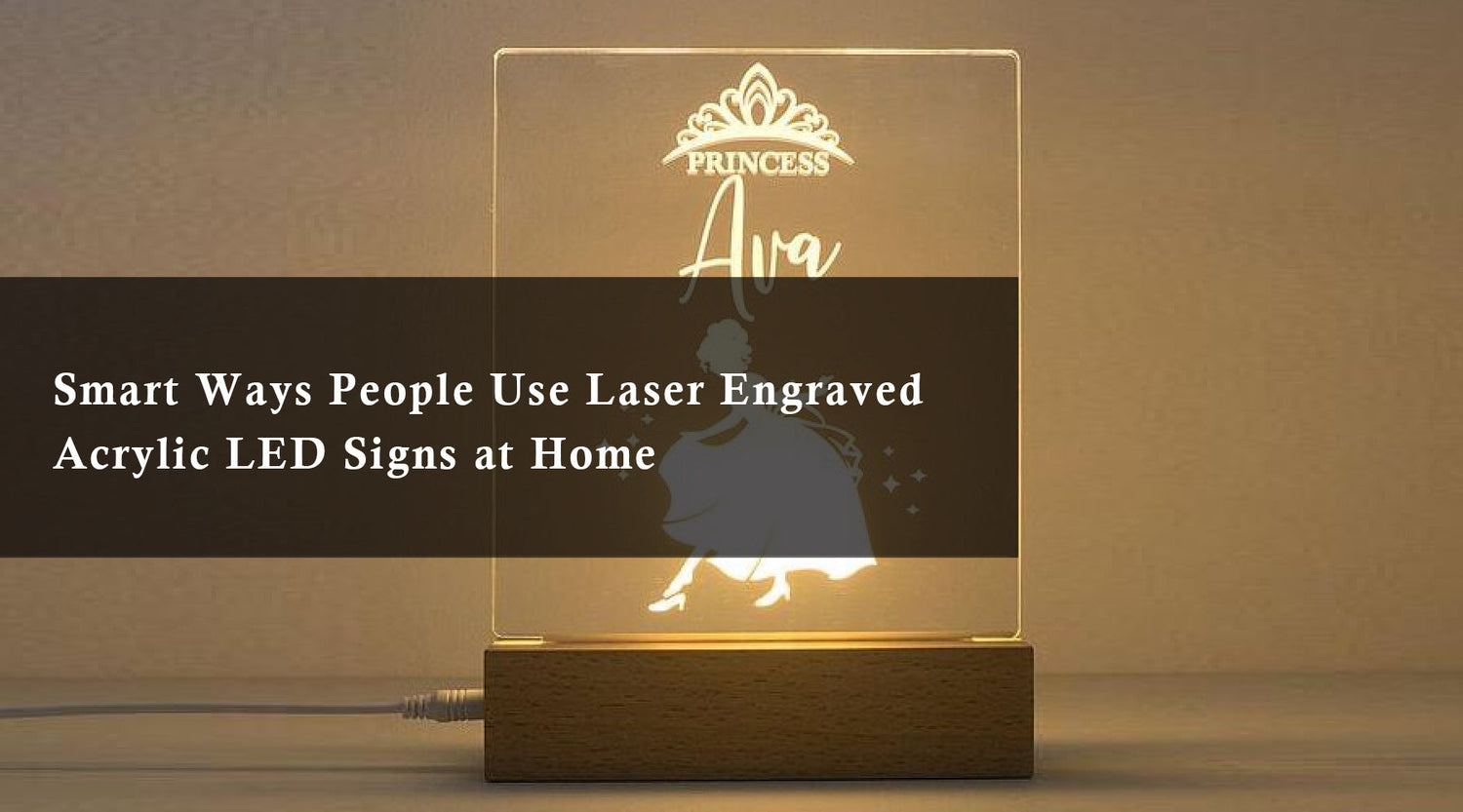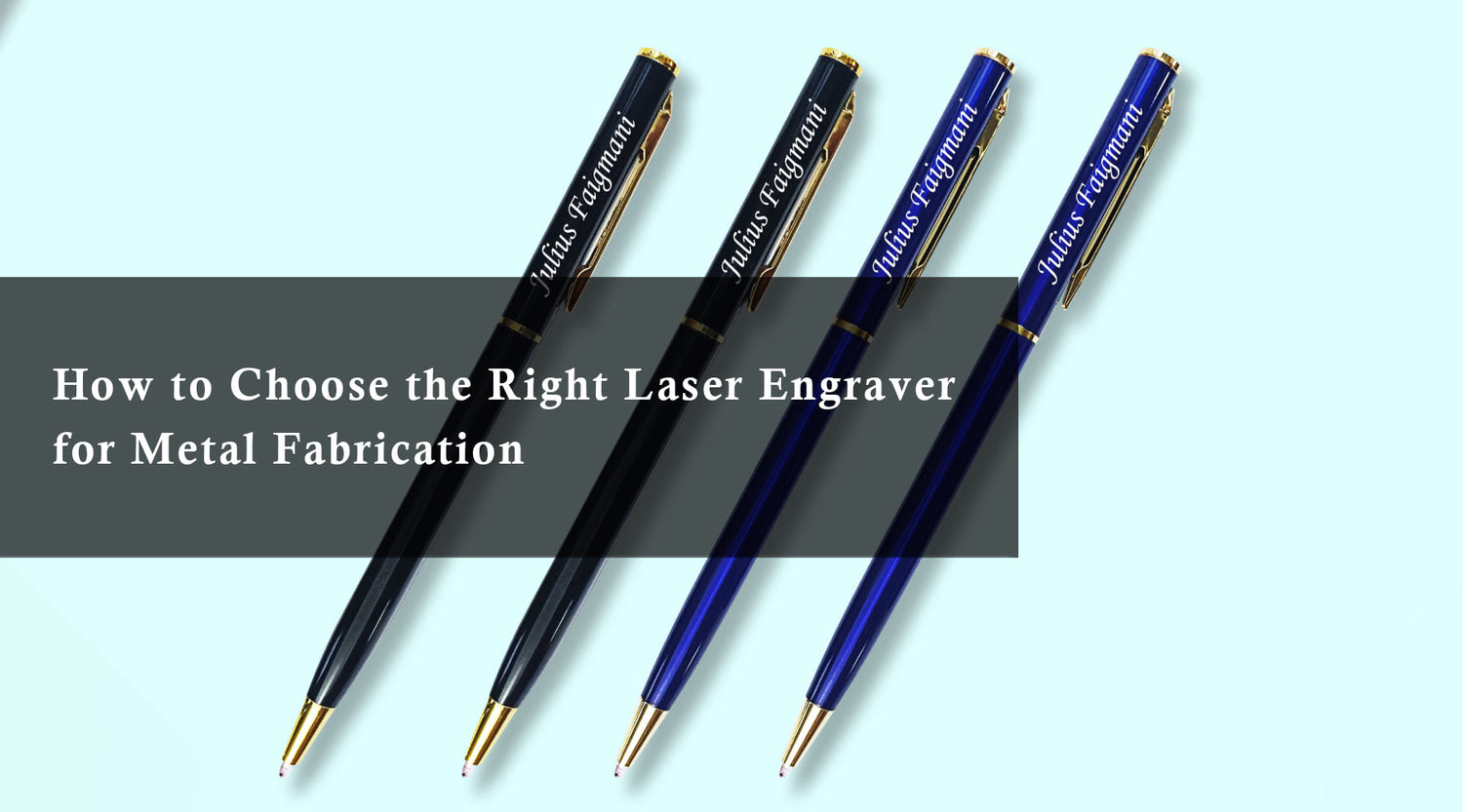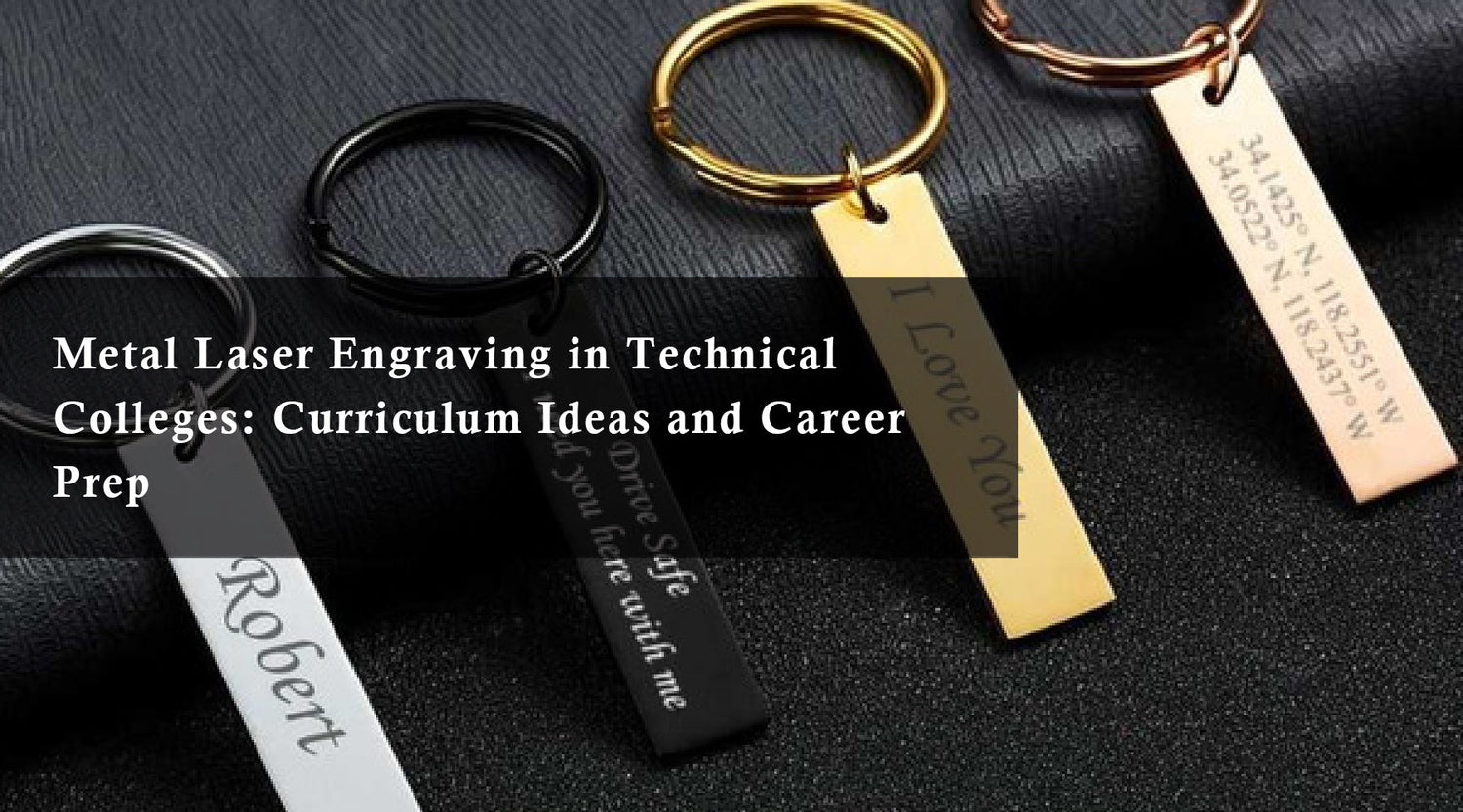In the realm of laser cutting, which laser is best for cutting? Two dominant technologies stand out: CO2 and Fiber lasers. Both offer unparalleled precision and versatility, making them invaluable tools for various applications. However, which laser is best for cutting?
This comprehensive guide by Monport Laser, a trusted provider of high-quality laser cutting solutions, delves into the core principles, strengths, and limitations of CO2 and Fiber lasers. By equipping you with this knowledge, you can make an informed decision and select the laser that best aligns with your project requirements.
| CO2 Laser | Fiber Laser |
 |
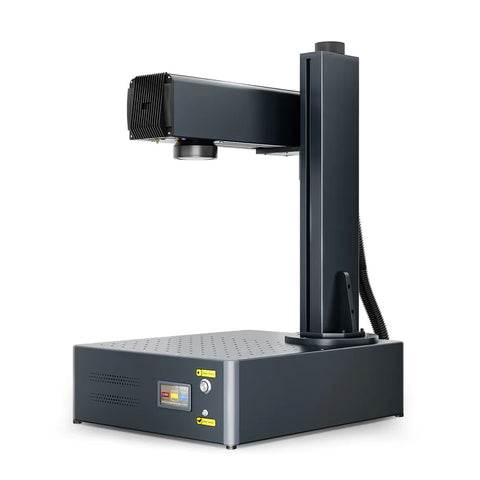 |
| Shop Now | Shop Now |
Understanding Laser Cutting Technology

Laser cutting utilizes a highly focused beam of light to vaporize material, resulting in clean and precise cuts. The choice of laser source significantly impacts the cutting process, material compatibility, and overall efficiency.
CO2 Lasers: The Versatile Choice
Monport 80W CO2 Laser Engraver & Cutter (24" x 16") with Autofocus
-
Principle: CO2 lasers utilize a mixture of gases (carbon dioxide, nitrogen, and helium) electrically stimulated to produce a laser beam with a wavelength of around 10.6 micrometers.
-
Strengths:
-
Material Versatility: CO2 lasers excel at cutting a broad spectrum of non-metallic materials, including:
- Wood
- Acrylic
- Plastics
- Rubber
- Textiles
- Paper
- Lower Initial Cost: Generally, CO2 lasers boast a more affordable upfront investment compared to Fiber lasers.
- High-Quality Cuts: CO2 lasers deliver smooth and detailed cuts on suitable materials.
-
Material Versatility: CO2 lasers excel at cutting a broad spectrum of non-metallic materials, including:
-
Limitations:
- Beam Quality: Compared to Fiber lasers, CO2 lasers possess a slightly lower beam quality, potentially resulting in wider kerf (cut width) and less intricate details.
- Slower Cutting Speeds: While still offering efficient cutting, CO2 lasers may exhibit slower processing times, especially for thicker materials.
- Higher Maintenance: CO2 lasers require regular maintenance due to the presence of delicate optical components like mirrors and gas chambers.
Fiber Lasers: The Powerhouse for Metals
Monport GA Upgraded 30W Integrated MOPA Fiber Laser Engraver & Marking Machine with Auto Focus
-
Principle: Fiber lasers employ fiber optic cables doped with rare earth elements (typically Ytterbium) to amplify light. This technology produces a laser laser beam with a wavelength of around 1.06 micrometers.
-
Strengths:
- Exceptional Beam Quality: Fiber lasers boast superior beam quality, translating to narrower kerf widths and the ability to achieve highly intricate cuts.
- High Cutting Speeds: Fiber lasers excel in processing speed, particularly for cutting metals. This efficiency makes them ideal for high-volume production environments.
-
Metal Compatibility: Fiber lasers effectively cut a wide range of metals, including:
- Stainless Steel
- Mild Steel
- Aluminum
- Copper
- Brass
- Solid-State Design: Fiber lasers possess a simpler, more robust design with minimal moving parts, leading to lower maintenance requirements.
-
Limitations:
- Limited Material Compatibility: While effective for metals, Fiber lasers are less suitable for cutting non-metallic materials compared to CO2 lasers.
- Higher Initial Investment: Fiber lasers generally require a higher initial investment due to the advanced technology involved.
Which Laser is best for cutting? Factors to Consider
Selecting the optimal laser cutter hinges on several crucial factors:

- Material Compatibility: Identify the primary materials you intend to cut. CO2 lasers excel with non-metals, while Fiber lasers dominate in metal processing.
- Work Area Size: Consider the maximum size of the material you plan to work with. Choose a machine with a work area that comfortably accommodates your projects.
- Laser Power: Higher laser power enables cutting thicker materials and influences cutting speeds. Evaluate your typical material thickness and desired processing times.
- Precision/Beam Quality: If your projects demand intricate details and minimal kerf width, Fiber lasers might be the preferred choice due to their exceptional beam quality.
- Speed/Throughput: Consider your production volume and turnaround time requirements. Fiber lasers generally offer faster cutting speeds, especially for metals.
- Automation/Software: Explore features that enhance productivity and ease of use. Automation options and user-friendly software interfaces can significantly reduce setup and operation times.
- Maintenance and Reliability: Assess the maintenance requirements and reliability of the different laser types. Fiber lasers typically require less frequent maintenance compared to CO2 lasers.
- Cooling and Extraction: Proper cooling and exhaust systems are vital for safe and efficient operation. Ensure the machine effectively removes fumes and debris during the cutting process.
- Gas Assist: Consider the type of gas assist required for your materials. Explore options that offer lower consumption for improved operating costs.
- Support: Evaluate the availability of technical support and service for the equipment.
- Budget: Carefully consider your budget and the initial investment required for each laser type. CO2 lasers typically have a lower upfront cost, while Fiber lasers require a higher initial investment but may offer lower operating costs in the long run due to factors like energy efficiency and reduced maintenance.
Brief Comparison of CO2 and Fiber Lasers:
Conclusion
CO2 and Fiber lasers represent powerful tools in the realm of laser cutting, each catering to distinct applications:
- CO2 Lasers: Ideal for entrepreneurs, small businesses, and makerspaces seeking a versatile and cost-effective solution for cutting non-metallic materials. They deliver high-quality cuts, user-friendly operation, and are suitable for a wide range of applications.
- Fiber Lasers: Perfect for manufacturers and businesses requiring high-speed, precision cutting of metals. They boast exceptional cutting speeds, minimal maintenance needs, and a robust design for industrial applications.
Monport Laser: Empowering Your Cutting Needs
Monport Laser offers a comprehensive selection of both CO2 and Fiber laser cutting machines, catering to diverse project requirements and budgets.
-
CO2 Laser Systems:
- Ideal for entrepreneurs, small businesses, and makerspaces seeking a versatile and cost-effective solution for cutting non-metallic materials.
- Monport's CO2 lasers deliver high-quality cuts, user-friendly operation, and reliable performance.
-
Fiber Laser Systems:
- Perfect for manufacturers and businesses requiring high-speed, precision cutting of metals.
- Monport's Fiber lasers boast exceptional cutting speeds, minimal maintenance needs, and a robust design for industrial applications.
Additional Resources:
- For further information on Monport Laser products and services, visit our website.
- Contact Monport Laser for personalized recommendations and expert advice.
This blog post is intended for informational purposes only and should not be solely relied upon for making purchasing decisions. Carefully evaluate your specific needs and consult with a qualified professional to determine the most suitable laser cutting solution for your requirements.






